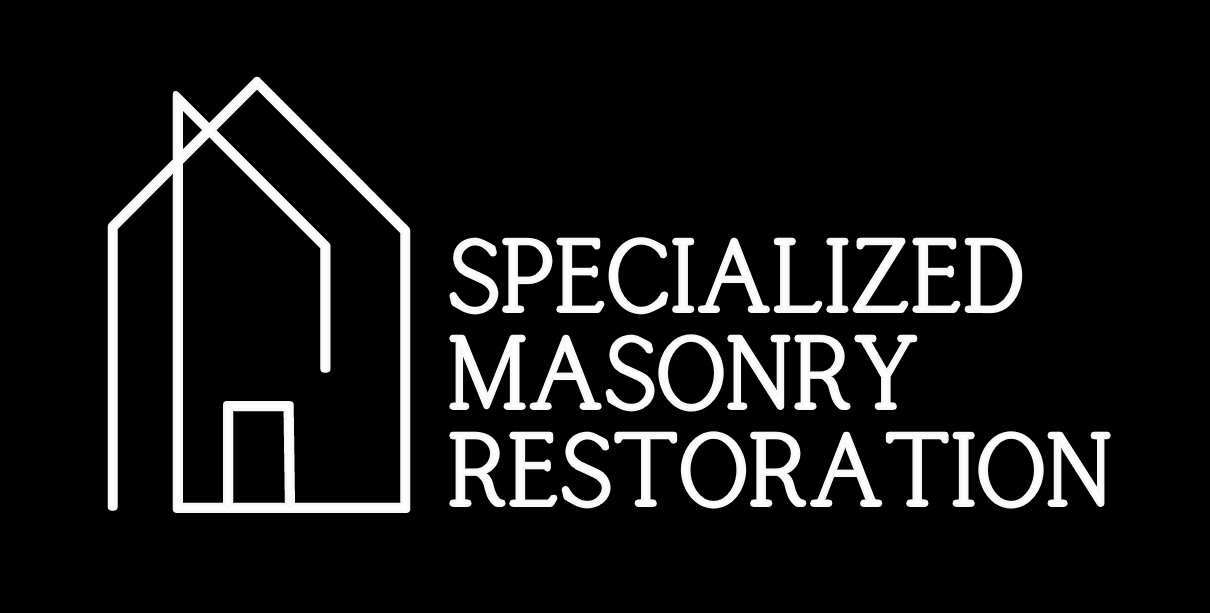Historic masonry restoration is a complex task that requires years of experience and specialized knowledge. It involves repairing, restoring, and preserving historic buildings that have suffered damage due to environmental factors, natural disasters, or simple aging. The process of historic masonry restoration is not for the faint-hearted as it poses a series of challenges to structural engineers, architects and consultants. In this post, we will delve into some of the challenges that professionals in the field of historic masonry restoration must overcome to carry out their work.
1. Preservation of Historical Significance:
When it comes to masonry restoration the core objective is to restore the structure to its original state, while preserving its architectural and historical significance. However, this can prove to be quite challenging as it requires an extensive knowledge of historical building techniques and materials. The difficulty often arises in finding matching materials and techniques to complete the restoration work, while preserving the historic authenticity of the structure.
2. Weather and Environmental Factors:
The weather plays a crucial role in the wear and tear of historic buildings. Harsh weather conditions have the adverse impact on the structures. Restoration experts have to consider the impact of the environment on the structure. This requires a thorough knowledge of the area’s climate, drainage patterns, temperature, and other weather-related factors, while keeping in mind the historic aspect of the building.
3. Technical Challenges:
Restoration experts face technical challenges when they have to work with aged materials. Over the years, the building materials wear and decay, weakening the structure’s overall integrity. Masonry restoration experts have to be skilled in identifying structural issues and finding the best resolution for those issues. The skillset of the experts comes into play when they have to deal with different types of masonry, including bricks, stone, lime, and other materials, each with their unique properties and techniques to address them.
4. Financial Challenges:
Masonry restoration projects require specific materials and techniques that can be expensive. Large projects require a considerable amount of funding, especially when the work needs to be completed within a specific timeline. It’s a major challenge to manage the restoration project financially while keeping in mind the historical significance and the stakeholders’ expectations.
5. Safety Precautions:
Historic buildings are often centuries-old, structurally unsound and a safety hazard. Masonry restoration experts must prioritize safety at all times when working on a project. The experts must have adequate knowledge of safety protocols such as OSHA regulations and jobsite safety measures when working on historic structures.
Conclusion:
Historic masonry restoration is not for the faint-hearted. It requires a thorough understanding of various factors, including historical significance, weather, technical matters, financial constraints, and safety precautions. The challenge lies in meeting the stakeholders’ expectations and working within a specific timeline. The solutions to these challenges are found in a balance of technical knowledge and creative thinking, combined with a practical approach towards each restoration project. The work of masonry restoration experts continues to inspire valued historic structures, and we owe our gratitude to these hardworking professionals.















